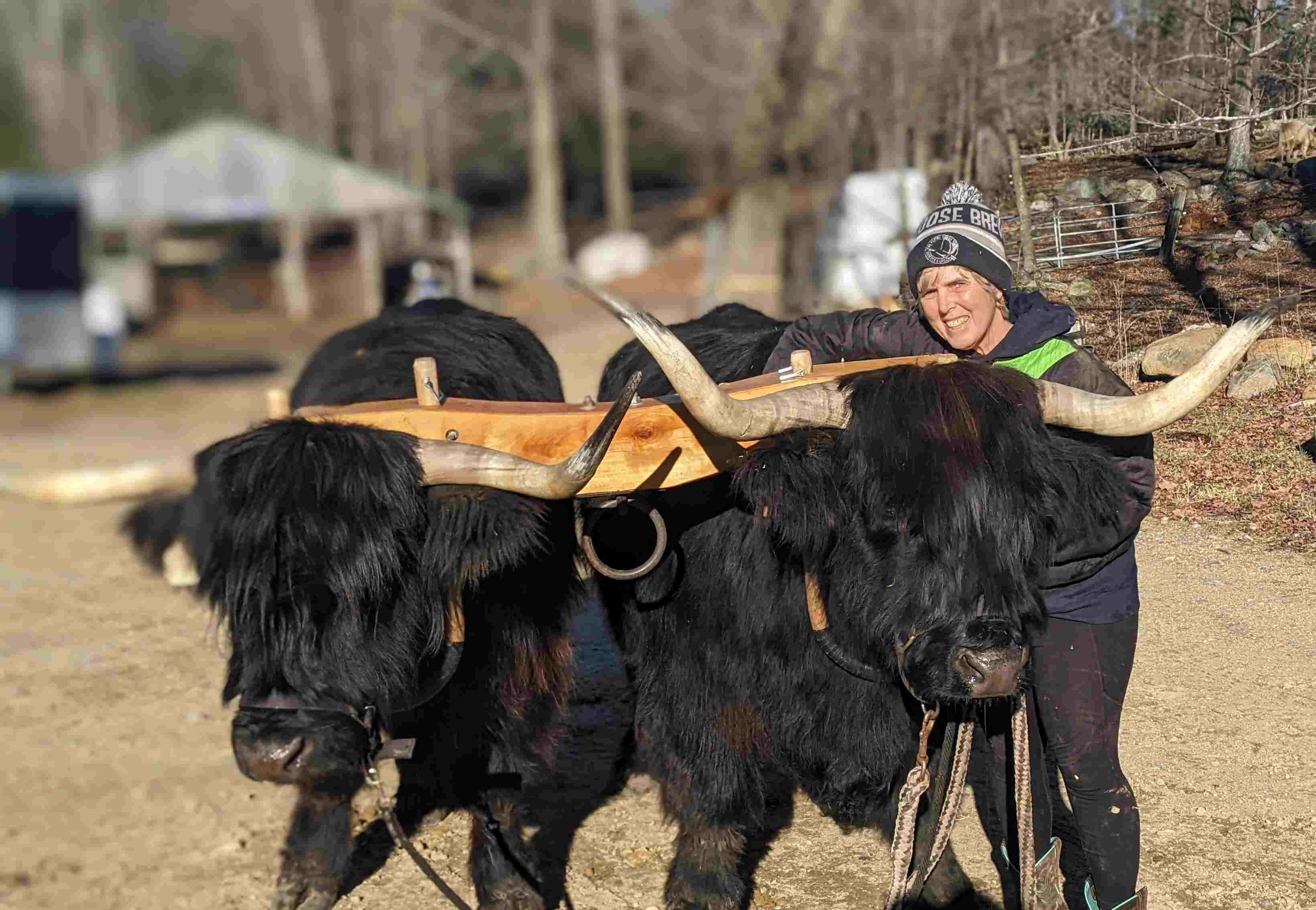Winter Water Woes
posted on
November 24, 2019
Frigid weather came early this year; in November. During the summer, I was in denial about winter but not because heating and electric bills increase or because of the snow. My main beef with winter? Frozen water.
Winter is a constant battle to keep my livestock hydrated. Cows have natural insulation to keep warm but can’t live without water. Some farmers believe that cattle can eat snow, but 88% of their intake is water; that’s a lot of snow. Besides, the snow they eat would have to be clean - not trampled by hoofs - and what if it doesn’t snow? Pregnant cows (and I hope all my cows are pregnant) drink between 20-24 gallons of water a day and each of my four horses consumes about 5 gallons. Just a few hours without water and chickens will stop laying eggs for days. Our sheep, donkey, and goats drink less but still need it — water matters.
Fortunately, with help from a USDA cost-share program years ago, we installed waterers for the cows and horses. As each animal drinks, the trough is automatically filled from underground pipes. A float, just like the one in your toilet, keeps the water from overflowing. Because it’s below the frost line, water in pipes 4 feet underground won’t freeze. As it is pumped to the surface to fill an above-ground trough, it will.
Have you noticed that streams with flowing water often don’t freeze? With thirty-five cows drinking from one trough, their water won’t freeze either. Moving water is less likely to turn solid – most of the time.
When north winds blow, and the temps drop below-zero, even flowing water will freeze, so we have more tools in place. Most of our troughs have a ball over the opening, which the cows push aside to drink. The ball insulates the water from cold air, but sometimes at night or after heavy snow, the ball will ice over so the cows can’t move it. In these conditions, husband Bruce or I will inspect each trough and perform a highly technical fix we call “bang the ball.” With a foot or a stick or sometimes a sledgehammer, one of us will hit the ball until it breaks free from its icy lock.
Other tools in the war against ice are thermostatically-controlled electric heaters, which we use for horses, a donkey, chickens, and rabbits. Electric heaters are inserted into the water to keep it from freezing, but they also heat up my electric bill. Heated waterers add $100’s each month to my already painfully high Eversource bill.
With all this technology, it sounds like we have it easy, right? Remember, only the cow and horse waterers fill automatically. The others need to be filled with hoses or buckets, and of course, hoses will freeze. When you visit our farm store in the winter, don’t be surprised if you see a hose or two thawing in the back room.
Working with water in winter is also hard on fingers. If I forget my rubber gloves, even wool won’t keep my fingers warm. Have you ever seen a wet wool glove stick to a metal water-pipe in freezing weather? I have.
My most favorite thing is after I’ve spent hours filling and checking water troughs, I discover that someone (most likely a horse or goat) poo’d in the water. It happens.
When numbing north winds blast across our hilltop farm, my only dream is of warmer weather when hoses won’t freeze, and my fingers have feeling again. This war with ice won’t be over until warm weather returns, and water flows without assistance, then I can once again deny winter’s existence.



